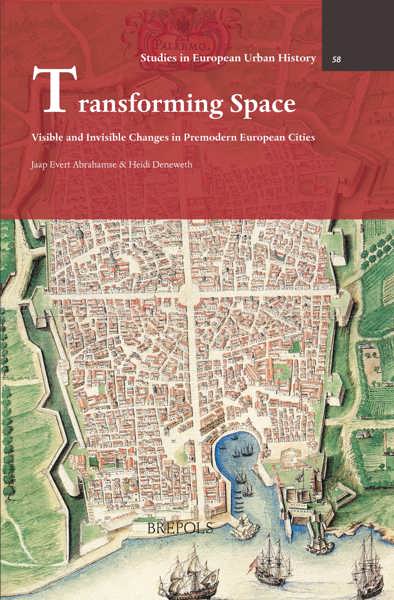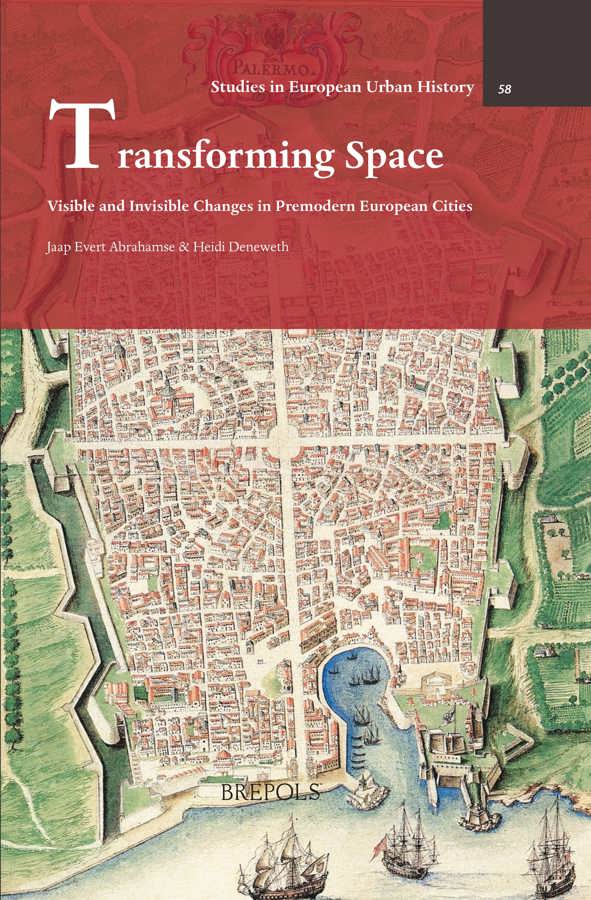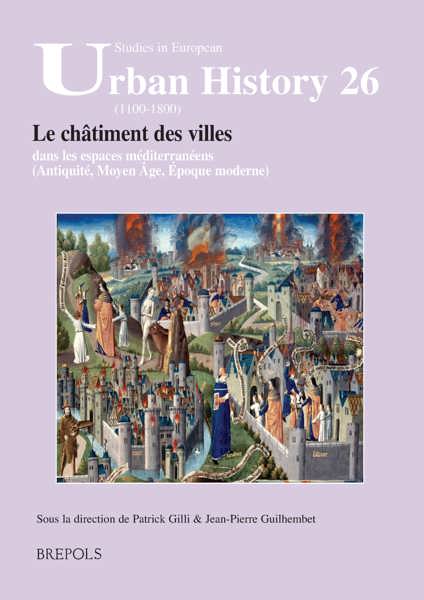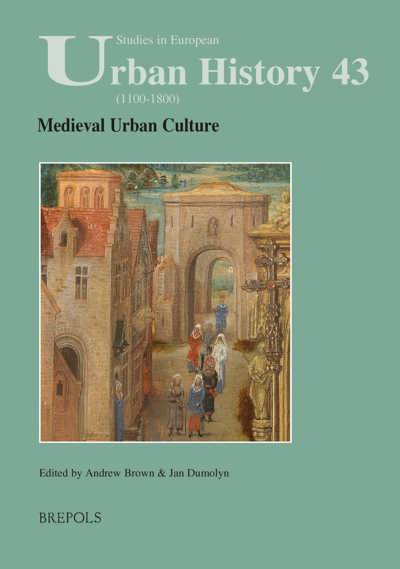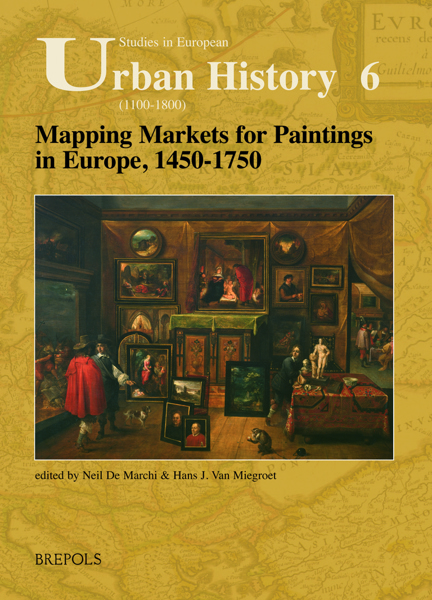
Transforming space
Visible and invisible changes in premodern European cities
Jaap Evert Abrahamse, Heidi Deneweth (eds)
- Pages: 250 p.
- Size:178 x 254 mm
- Illustrations:22 b/w, 68 col., 2 tables b/w.
- Language(s):English
- Publication Year:2022
- € 87,00 EXCL. VAT RETAIL PRICE
- ISBN: 978-2-503-57984-9
- Hardback
- Available
- € 87,00 EXCL. VAT RETAIL PRICE
- ISBN: 978-2-503-57985-6
- E-book
- Available
Essays on the often-ignored spatial dynamism of pre-modern towns: about urban space gradually or radically adapting to the changing conditions of city life
"Durch den Perspektivwechsel von der Makro- auf die Meso- und Mikroebene, wie er vom Herausgeber und der Herausgeberin gefordert und von den Beitragenden umgesetzt wurde, trägt der Sammelband wesentlich dazu bei, Thesen wie die der Konstanz städtischer Strukturen in der Frühen Neuzeit kritisch zu beleuchten und zu diversifizieren." (Teresa Schröder-Stapper, in Francia-Recensio, 2024/3)
Jaap Evert Abrahamse is a senior researcher of planning history for the Cultural Heritage Agency of the Netherlands.
Heidi Deneweth is postdoctoral researcher at research team HOST (Historical Research into Urban Transformation Processes) at Vrije Universiteit Brussel.
Transforming Space deals with visible and invisible changes in premodern cities, their causes and the way in which they were perceived and received. The chapters in this book analyse the development and management of urban space, combining case studies and insights from a range of cities from all over Europe. Several contributions deal with the impact of major events on the urban tissue: geopolitics; disasters such as fires or wars; expropriation or redevelopment projects directed by urban governments; religious change such as the Dissolution in England, and the Reformation and Counter-Reformation on the continent. On closer scrutiny, however, some of these major events were only an accelerator of already ongoing processes of change. By shifting the perspective from the city as a whole, to neighbourhoods, urban blocks or even plots of land, other chapters reveal how functional change or real estate dynamics changed the urban landscape almost imperceptibly. This book is written from a comparative perspective that takes into account path-dependency. Pre-existing power relations, ideology and mentality, the resilience of property structures, the impact of building regulations, subsidies, or the effects of real estate markets are shown to have had different outcomes for different social groups and the evolution of neighbourhoods.
List of illustrations and platesList of contributors1. Transforming space. Visible and invisible changes in premodern European cities
Jaap Evert Abrahamse and Heidi Deneweth
I. Mitigating geopolitical and fire risks
2. Ravaging, reconstructing and reshaping. The transformation of townscape in Turku, 1300-1830
Liisa Seppänen
3. Medieval Silesian cities and their transformations in the Late Middle Ages
Rafał Eysymontt
4. Up in smoke. The transforming power of fire safety policies in the Low Countries, 1250-1550
Janna Coomans
II. Religion as an accelerator of urban change
5. Redevelopment in monastic towns of Late Medieval and Early Modern England
Anna Anisimova
6. Continuity in change. A comparison between the centres of Bologna and Strasbourg, 1200-1650
Colin Arnaud
7. The measure of success. The case of the Strada Maqueda in Palermo, 1600-1750
Maurizio Vesco and Valeria Viola
III. The impact of economic and demographic change on existing housing blocks
8. From pigsties to palaces. The demolition of Amsterdam’s late-medieval town walls and the transformation of its edge zone
Jaap Evert Abrahamse
9. Location and transformation. Changing plot structures in existing housing blocks in Bruges, 16th-19th centuries
Heidi Deneweth
10. Intramural improvements. The redevelopment of Newcastle upon Tyne in the long eighteenth century
Sarah Collins
Plates
